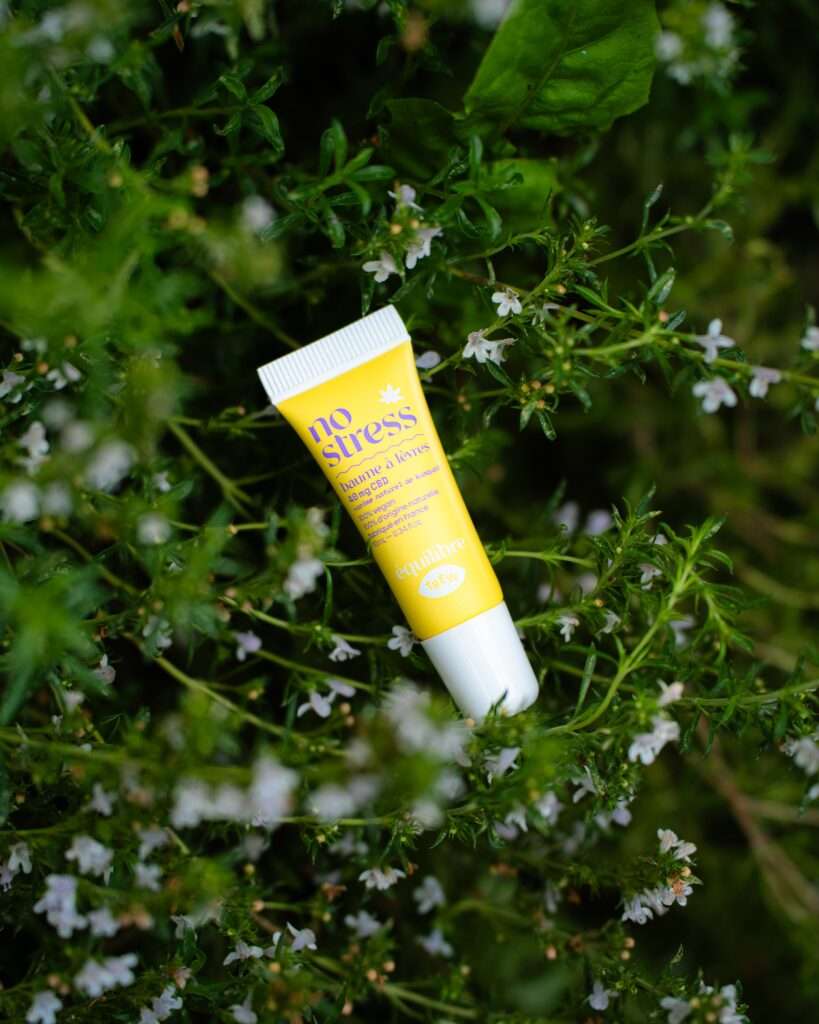By Heather Seely
While the beauty industry is bursting with a plethora of, well…beauty products, one thing is clear: the future of the beauty industry is in vegan and cruelty-free cosmetics.
The vegan cosmetics industry is projected to grow into a $21.4 billion dollar market by 2027—up from $17 billion in 2022. Businesses are listening to consumers’ voices, and animals are having their caws, moos, and roars of rejoicing heard. But some questions remain: Does cruelty-free mean vegan? Is vegan the same as cruelty-free?
While some sustainable beauty brands may consider the terms “cruelty-free” and “vegan” to be synonymous, they are not inherently (or legally) the same thing. Since neither are regulated, the difference is largely a matter of personal perspective. So what’s the difference between cruelty-free and vegan?
What Is Cruelty-Free?
What does cruelty-free mean?
Legally speaking, nothing at all (more on that later), but generally speaking we can define cruelty-free as a product (including all raw ingredients contained within) that has not been tested on animals at any stage during development.
What Is Vegan?
In beauty and personal care, a vegan brand refers to one that makes entirely vegan products, meaning those that contain no animal ingredients or animal by-products.
And common animal ingredients include honey, beeswax, gelatin, yogurt, and other less obvious animal by-products like lanolin (wool grease), squalene (shark liver oil), carmine (crushed-up beetles), ambergris (whale vomit) and placenta (sheep organs).
Vegan and Cruelty-Free Cosmetics Vs Food
The word “vegan” was originally created purely to describe a diet that excluded all animal ingredients and by-products.
However, it has now evolved over time to a lifestyle choice, avoiding the use of anything animal-related, from leather in vegan shoes and vegan handbags to non-plant-based glycerin in vegan toothpastes.
In a rapidly expanding global market, it’s difficult to access information on direct supply chains, so vegan and cruelty-free labels were created for easy identification of beauty and body products. This is good because regardless of what your diet is (vegan, vegetarian, or omnivore), none of your cosmetic or body care products need to contain animal ingredients.
In the context of food, vegan and cruelty-free are a bit easier to understand, but it can almost be said that there is the same discrepancy as compared to vegan and vegetarian eating. Vegetarians (which by the way is also not a legally defined term) may not eat meat, but they still eat animal by-products like dairy or honey, and they may still purchase goods that are made with leather and wool. Dairy is just as detrimental to animal welfare, our health, and the environment.
Fortunately, with beauty, the cruelty-free meaning of the phrase is more straightforward, though vegan philosophies actually become more muddled in makeup thanks to the often misunderstood ethical gap between cruelty-free and vegan.
Are vegan cosmetics the same as cruelty-free? Or can a product be vegan and not cruelty-free?
Unfortunately, it’s the latter.
While the principles behind vegan and cruelty-free are much the same, they’re not aligned in execution, and satisfying one of the ethical criteria is no guarantee of the other. Vegan products, while absent parts of animals, may still be tested on them, like vegan candles scented with animal-tested fragrance oils. On the same token, you may find animal-derived ingredients in cruelty-free products (like cruelty-free deodorant that contains beeswax or musk). This begs the question: are these products truly cruelty-free?
Generally, we would argue no, though we also understand there are nuances depending on what ingredients and sourcing methods are used. For example, beeswax can be ethically-harvested without harming the bees in any way, whereas there is no way to obtain carmine that does not involve crushing up beetles.
For More Visit https://www.sustainablejungle.com/featured/cruelty-free-vs-vegan/



